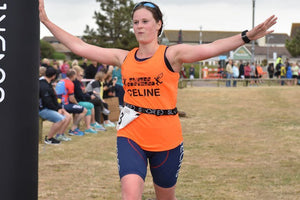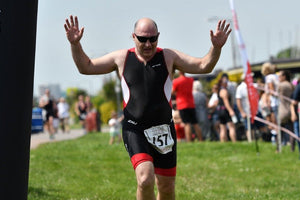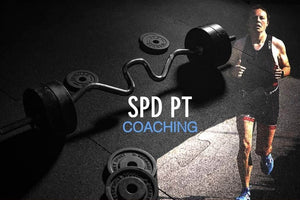
A quality training plan brings structure, routine, and accountability to your training. Removing the guesswork from each training session, allowing all your effort to be focused on training, rather than having to think about what exercises to do next. At its core, a training plan is a detailed roadmap outlining every aspect of training required to improve performance and achieve a specific goal.
Track Workout Analytics and Progression
Tracking your workout analytics (weights, lifts, run times etc) is critical to progressing in your training and staying motivated. Seeing continued progression is arguably the largest factor in staying motivated and energised when following a training plan. However, without tracking the analytics of each workout, it’s impossible to say with certainty whether you're progressing in your training or not.
At a minimum, the key analytics to track are your performance for each of the plans assigned exercises (weights, reps, distances, times etc). Venturing further, additional factors to track could include; time of training, mindset/energy level and technique observations.
There are a few tools that can be used to help improve the efficiency of logging your workout analytics. For resistance-based training revolving around weightlifting, the app FitNotes provides an intuitive interface for logging sets combined with graphical displays to visualise progress over time. Alternatively, an old-fashioned logbook and pen can be just as effective – it all depends on personal preference.
For distance/time-based training, there is a multitude of popular apps/smart devices that can be worn during training to measure distances, times, heart rate etc. A few popular options include Strava, Google Fit and RunKeeper. The key point is to find and use a method of tracking that works for you, be it a logbook, app or wearable device.
Tracking your workout analytics should be efficient and not serve as a distraction from your training. It’s worth experimenting with a few options to find what works best for you.
Plan When You're Going To Train
A quality training plan has been designed with thought and purpose, every single session builds into your development over the course of the plan. With this in mind, it’s important to set time aside and plan when you're going to train. This aids massively in staying consistent and committing to the plan, it shouldn’t be a surprise or a last-minute decision to train, it should have been scheduled in advance.
Planning your training session in this way is ultimately freeing, allowing you to schedule in other important aspects of your life, to ensure there’s no conflict with your training that could set you back.
Train With A Partner
Training with a partner is a great way to stay accountable when following a plan and provide a boost in motivation during sessions. Additionally, having an element of healthy competition during training can help give that extra push when the session is getting tough, with each party holding the other accountable.
A good training partner is not just someone who can help motivate you, but a critical eye to watch over your technique and form whilst training. The best training partners are those that are honest about your performance and can offer constructive methods on how to improve, be that in event preparation, technique, nutrition, or recovery. A training partner should be an asset that helps get the best out of you and the plans programming.
Meal Preparation
Good nutrition is essential to ensure recovery from previous training sessions. Your results from training are only as strong as your recovery afterwards, of which your nutrition plays a critical factor. However, finding time to cook after weekday sessions can at times be problematic. It only takes a late finish at work, or an unexpected commitment to find yourself short on time to prepare and cook a nutritious meal.
Preparing your meals in advance is an effective way to combat any potential obstacles to your nutrition and recovery. Typically conducted at the end of the week, meal prepping consists of bulk cooking a large quantity of food, to then be portioned into separate meals to consume throughout the week. If you’re not keen on the thought of bulk cooking yourself, and are prepared to pay a premium, there are companies that offer a done-for-you meal preparation service delivered to your door.
Stay Committed and Consistent
A quality training plan isn’t a guaranteed promise of results, it requires determination, commitment and consistency to improve athletic performance. It does, however, provide a clear roadmap on the training required to reach your goals, removing the guesswork from training and keeping you accountable. Following a training plan is a long-term commitment, it’s important to appreciate it’s a journey, one that will require time and effort.
The key to getting the most out of your training plan lies in focusing on small continuous improvements throughout the duration of the plan, all of which will build into large improvements over the lifetime of the training plan.
About the author: Alexander Nowak is the founder of Workout Depot, an online platform for PTs to sell their training plans. He is a keen surfer and weightlifter.



















